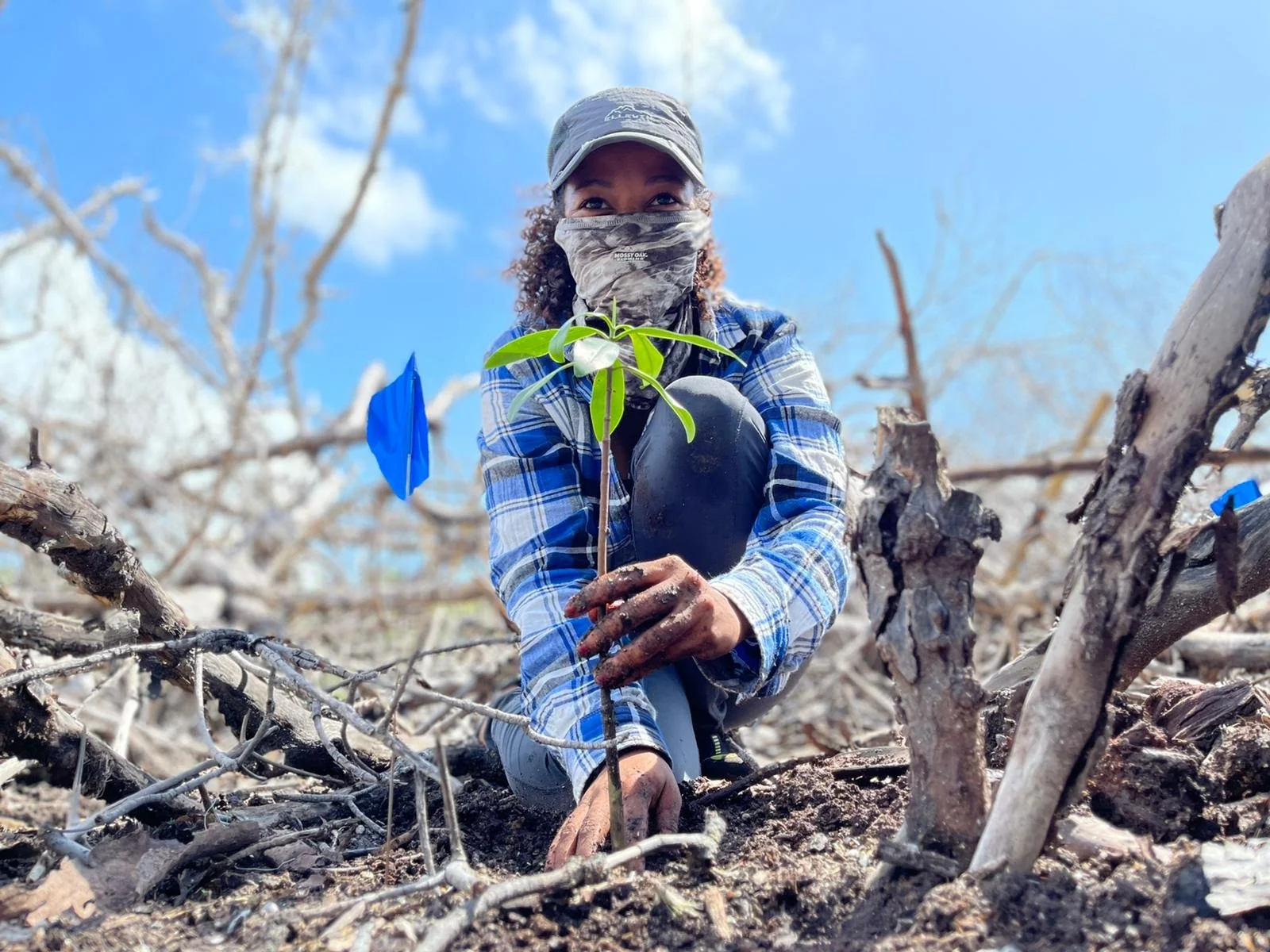
Watershed Management and Coastal Resilience
In order to become climate resilient, U.S. islands need to use and develop available land within their islands' watersheds in ways that make them as prepared as possible to weather severe storms and sea level rise.

Sustainable land use planning is imperative for resilient communities when armoring themselves against natural disasters and hazards. Island communities are often tempted to prioritize revenue generating projects that benefit sectors like tourism over key infrastructure investments. But these short-term land use decisions can have significant long-term impacts on water quality and fisheries resources. Island communities should be incentivized to protect and invest in natural buffers like forests, wetlands, corals, mangroves, and living shorelines, and should prioritize protecting natural resource areas that improve resilience over short-term development projects. Effective watershed management must prioritize long-term goals over short-term solutions in order to build coastal resilience and protect island communities from the severe impacts of natural disasters and climate change. Without watershed management and coastal resilience plans, polluted runoff can damage valuable ecosystems and natural filters that protect islands from natural disasters.
The following watershed management and coastal resilience federal related policy recommendations will help U.S. islands achieve climate resilience:
Support island communities in managing their existing terrestrial resources and degraded lands.
Support the specific needs of island communities through existing coastal management programs.
Establish and fund a consortium to support the collaboration of federal agencies with local island governments, Indigenous communities, stateside governments, NGO’s, and local community stakeholders to develop and manage island-wide land use planning efforts, including managing watershed conservation and restoration funding. Such land use planning should consider the siting of clean energy projects as well. (See Reliable, Affordable, and Clean Energy, above.)
Add specific island communities to the Areas for Examination and Priority Projects List of the Shoreline and Riverine Protection and Restoration program created by the Water Resources Development Act of 2022.
Include territories in the National Coastal Mapping Study and ensure island representatives are involved in any panels or working groups coordinating date collection for the Study.
